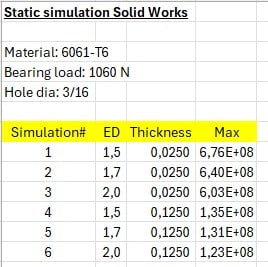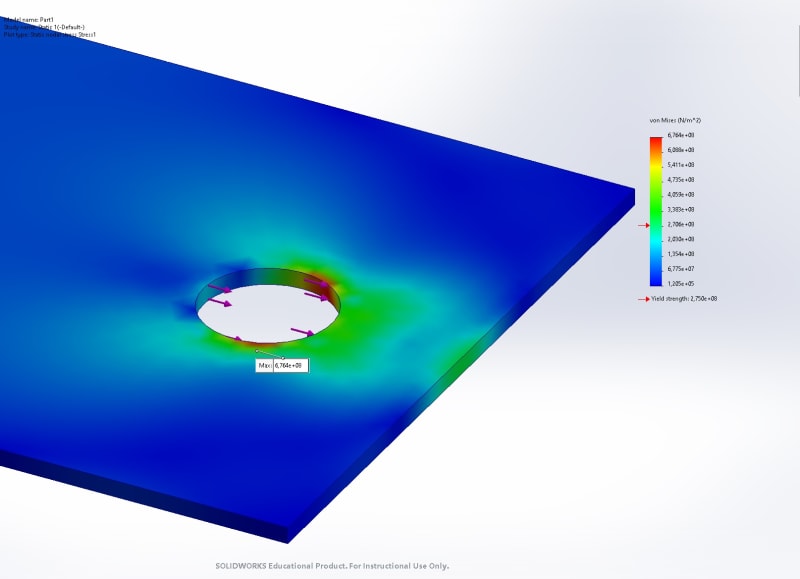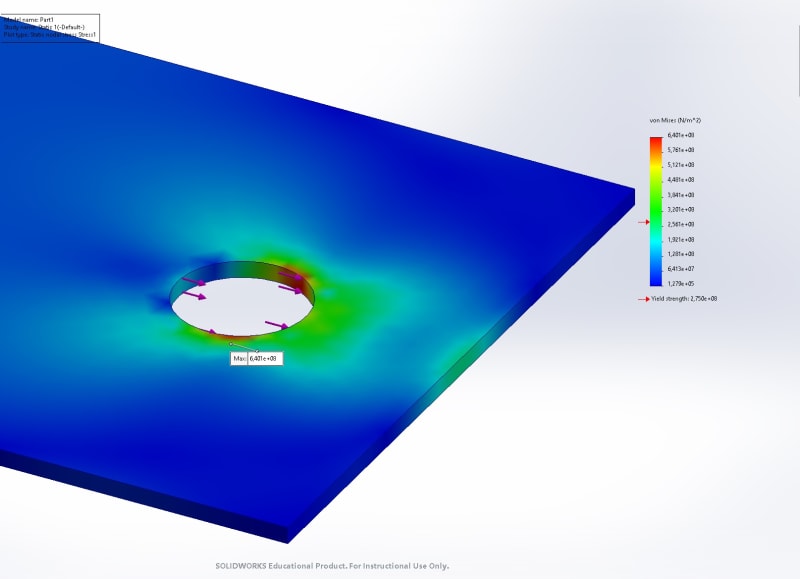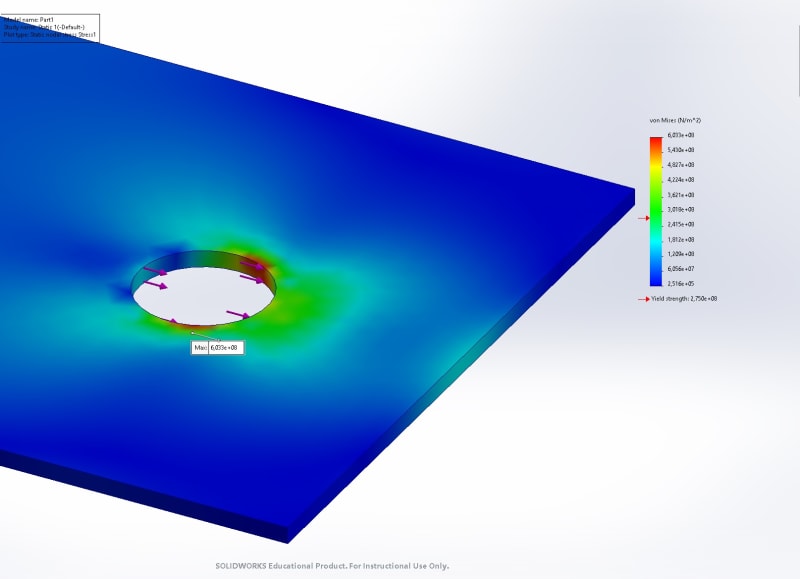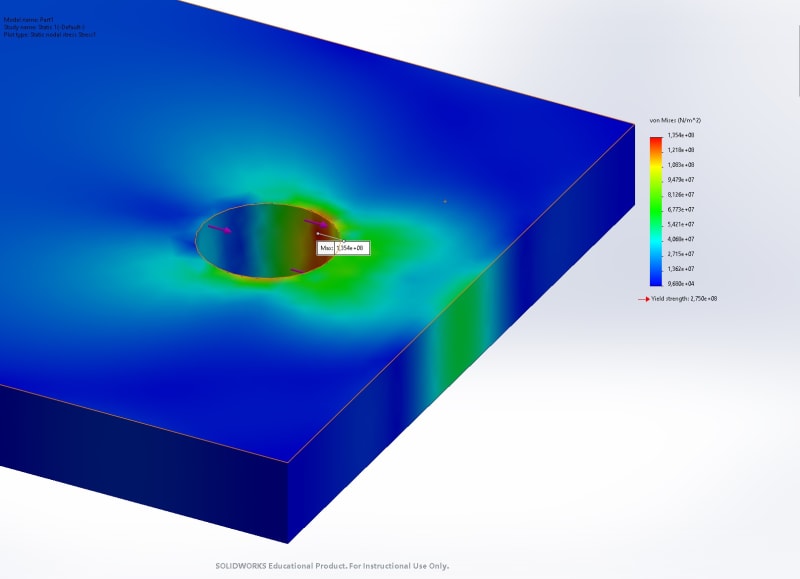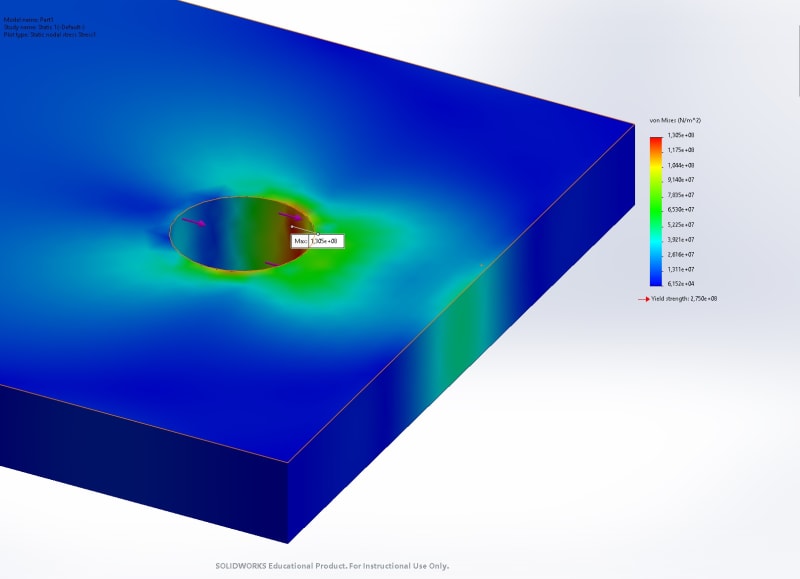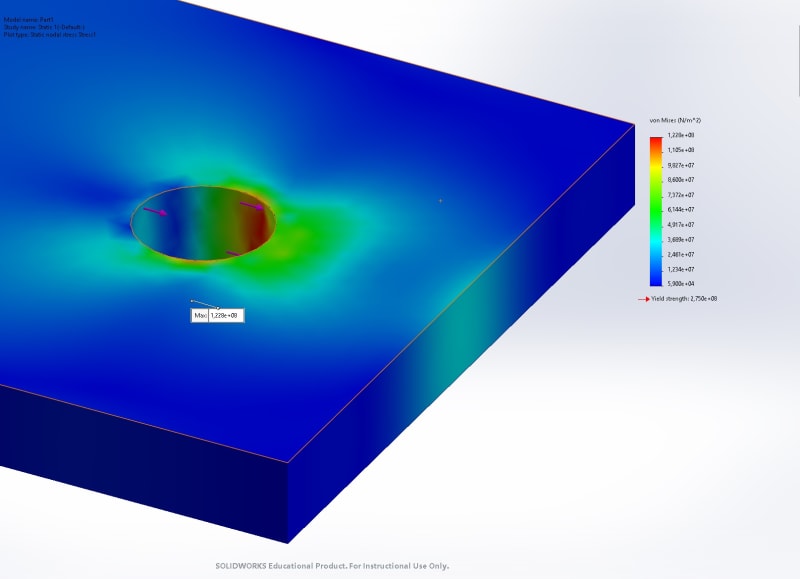Presumably, the thick sheet is the load-bearing member... and the thin sheet is 'fluff'.
Also, an unknown is 'how many holes'??
Also and unknown is type of fastener...screw [clearance fit]... Hi-Lok in clearance or net-fit... or Hi-Lok in light-to-high interference-fit... or solid rivet in a forged-interference-fit... ETC.
Presumably, the 2D edge margin is based on hole-DiaX2... measured from the local-edge to D-hole center [often with a small +dimension for variability, such as 0.02 to 0.06].
So the real issue is what is the thin sheet metal there for? important, unimportant, permanent, removeable, etc?
So considering the thicker load bearing sheet... 1.5D(min)-to-2D+ is generally important for free-hole stress concentrations** one-hole or multiple holes can make a difference.
Another sneaky factor is that with shrinking ED, the effects of interference within the hole generates a strain field that can bulge the edge. Also the type of interference... bucked-rivet or solid-shank press-in are worlds apart for installation thru-the-hole strain/abuse. A squeezed rivet is almost perfectly radial. A bucked rivet is mostly radial but the bucking forces/vibration can be abusive in various ways. However solid-shank fastener interference by pressing it into the hole... creates high drag/light scoring on the progressively swelling hole wall - even when installed perfectly straight. However if solid shank fasteners are pressed-in off-angle in addition to very harsh thing in a perfect install, the off-angle can bell-mouth the hole before hiding-it [tight in the middle, loose on both ends, scored, etc]. Obviously every issue with fastening gets worse with shrinking edge margin... where there is less and less metal available to resist to fastening effects.
I have seen min ED expressed in various ways for various reasons... and anything less that 2.0D [typically +0.03/-0.00] creates unexpected issues/complications when everything is hand-assembled... far-less-so for automated Assy.
NOTE1. The very best reference for 'stress concentrations' I have ever had the pleasure to know about... wink-wink-wink...secret to be revealed... 'Peterson's Stress Concentration Factors'... now in an impressive/expanded-content 4th Ed. I have had a second edition for decades... but recently 'stumbled-on' the 4th Edition in my company's on-line Library service [Knovel]. Dang... started flipping pages like crazy... absorbing the new content.
Regards, Wil Taylor
o Trust - But Verify!
o For those who believe, no proof is required; for those who cannot believe, no proof is possible. [variation, Stuart Chase]
o Unfortunately, in science what You 'believe' is irrelevant. ["Orion", HBA forum]
o Only fools and charlatans know everything and understand everything." -Anton Chekhov

